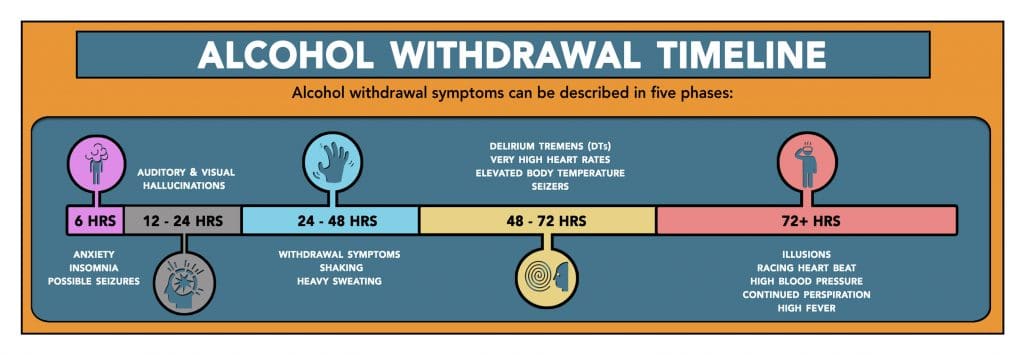

My dream was to work as a game developer. This was nearly 20 years ago. I actually got an offer in that field at one point, and the salary was like $20k less than what I was already being paid. I was the main bread-winner in what was a (mostly) single-income household at that time, with my partner pursuing her PhD. Gave up the dream, and I’m glad I did based on what I later learned about that industry. If I went into the game industry I’d be making far less money and have far less free time to do the things I enjoy, like playing the games other people make.







I’m all for de-Googling, but… is it possible that Restricted in this context mean those apps have no data usage because they’re restricted from using it? It could be trying to say that the app is restricted, not that you’re restricted.